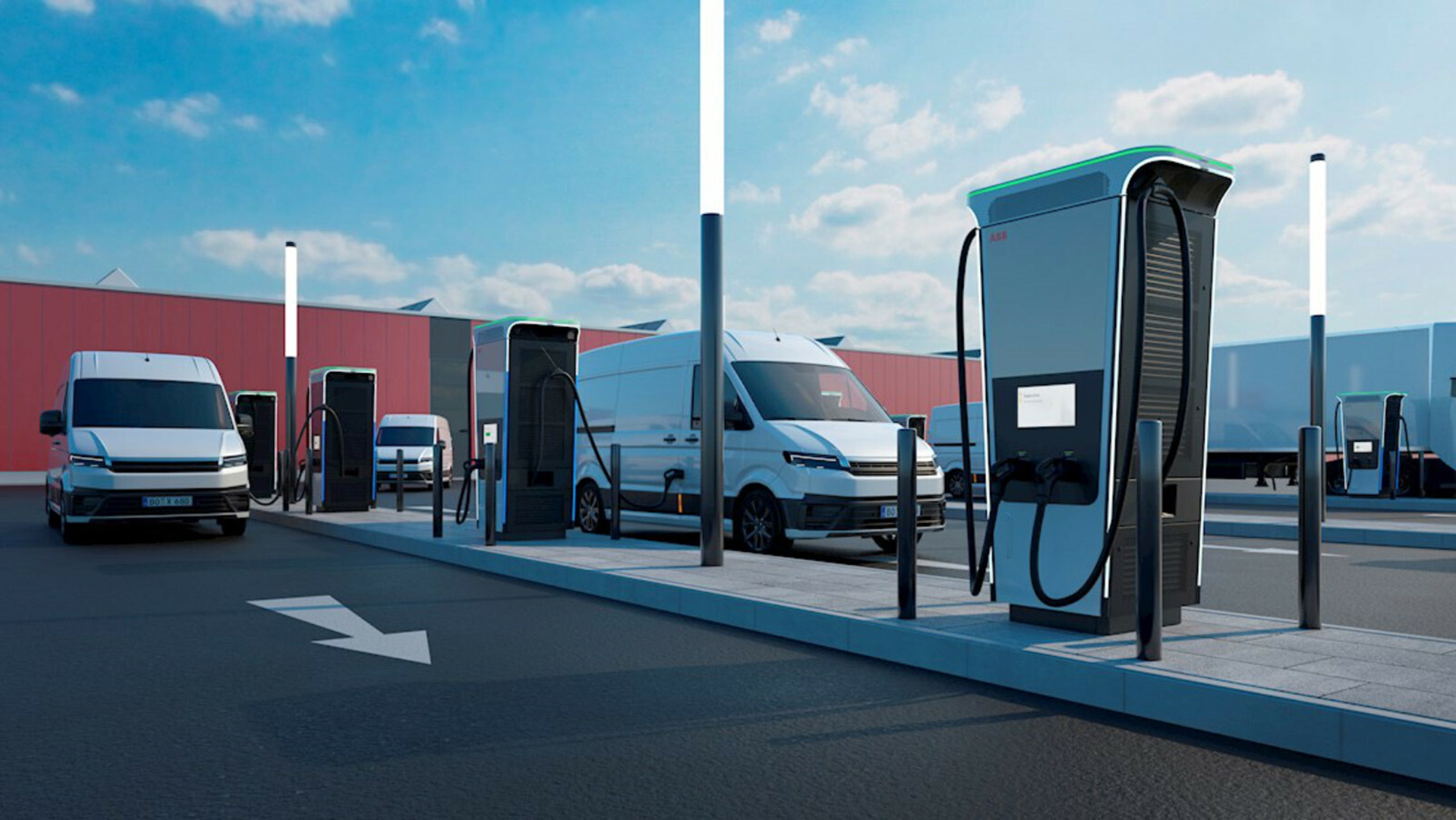
Electric heavy-duty vehicles offer significant advantages, including reduced noise pollution and lower emissions. However, there’s still a disadvantage to overcome – too many heavy-duty electric vehicles (EVs) could overload the grid.
In the Department of Electrical and Computer Engineering, Dr. Thomas Overbye, professor, Dr. Jonathan Snodgrass, a senior research engineer, and electrical engineering graduate students Diana Wallison and Lyric Haylow conducted a three-year project to determine how the grid will be affected if heavy-duty vehicles are electrified in Dallas and Houston, leading to more EVs on Interstate 45.
“In some cases, it would make sense to switch from a diesel truck to an electric truck, especially if they're just driving in a city, because if those big semis are idling, they're just burning gas. Whereas if you have an electric truck, you can sit there with zero idle,” Snodgrass said.
“Real pollutants come out of car tailpipes,” Snodgrass said. “If we can reduce or eliminate that, there would be less smog and more efficiency. It’s also it's just cleaner in general. And imagine if you're able to reduce traffic noise, especially for people who live along the highways.”
Traditionally, transportation and electric grid researchers don’t often talk to each other, which makes it difficult to determine how much EVs will stress the grid. To conduct adequate EV simulations, you need reliable models of both the transportation system (for instance, how much people drive, where they drive and what the charging demand is going to be) and the grid.
“The problem is that those who model transportation systems oversimplify grid data and those who model the grid oversimplify transportation data,” Snodgrass said. “What makes our work so novel and cutting edge is that we’re looking at them together.”
The team partnered with ElectroTempo, a startup spun out of the Texas A&M Transportation Institute and founded by Dr Ann Xu. ElectroTempo works with utility companies to do state-of-the-art EV modeling. They take real transportation data and convert it to EV miles to determine a forecasted load. For example, if 25% of vehicles were replaced with EVs, ElectroTempo could calculate the expected electrical load demand on the grid.
Real pollutants come out of car tailpipes. If we can reduce or eliminate that, there would be less smog and more efficiency.
The firm then passes that data to the research team, and they perform grid simulations to make predictions about the impact it would have on the grid if “x” number of companies electrified their transportation fleets.
“Through our partnership with ElectroTempo, we get truck simulation on demand and run it on our grid models,” Snodgrass said. “We can work together to inform companies when they should stay away from electrifying certain fleets because it would be costly or when to work with utility companies to make some upgrades. They could overload the grid if they electrify too many vehicles, or it could be that they should electrify 10% of their fleet for optimal benefits. It's very important to model heavy-duty truck electrification, since it can have a big impact on the grid.”
Using simulations and data, the team found that the potential impact to the grid after electrifying heavy-duty vehicles would be moderate, depending on how many EVs companies choose to have and whether they communicate with other companies and their respective utility companies.
“It's a tragedy of the commons type of thing, where if each person independently decides they want to add these big loads to the grid and they're not coordinating with each other, it will cause problems for the grid,” Snodgrass said.
But what would happen if the grid started getting overloaded with electrified trucks?
“Most likely, grid operators would see the warning signs that transmission lines were getting overloaded, and might redispatch generation, which refers to the process of shifting power plant output in response to changes in power grid conditions. This would increase the cost of electricity for everyone. Or they might tell flexible load to back off.”
“Another foreseeable complication is that utility companies could be too optimistic and oversubscribe truck charging, meaning there are more trucks than the grid can handle, or too pessimistic and deny all heavy-duty EVs to companies, neither of which is good.”
Ultimately, effective communication and collaboration between companies that electrify trucks is crucial to ensure grid stability and decrease noise levels and emissions.
“The research that we’re doing here at A&M in collaboration with our utility and industry partners is paving the way for this to happen,” Snodgrass said.
Funding for this research is administered by the Texas A&M Engineering Experiment Station (TEES), the official research agency for Texas A&M Engineering.